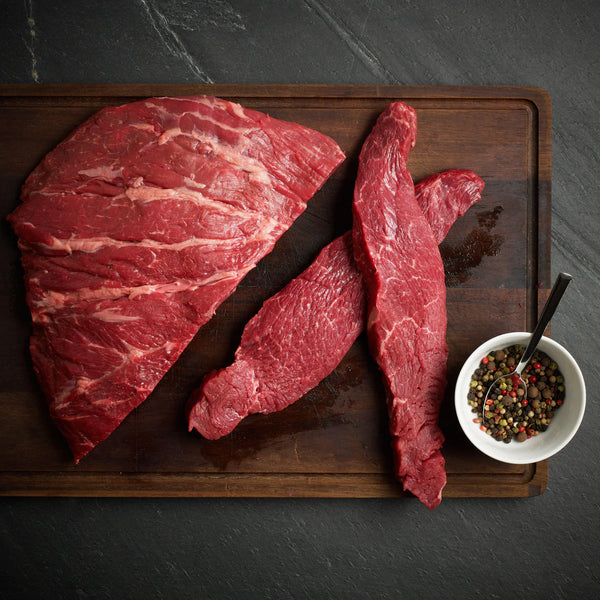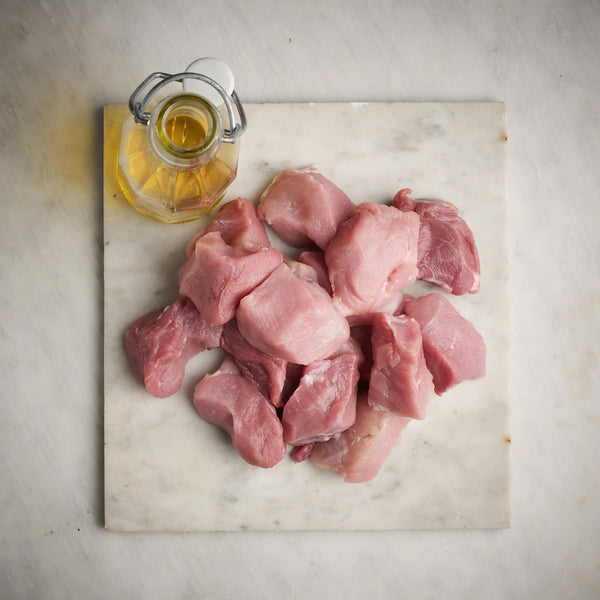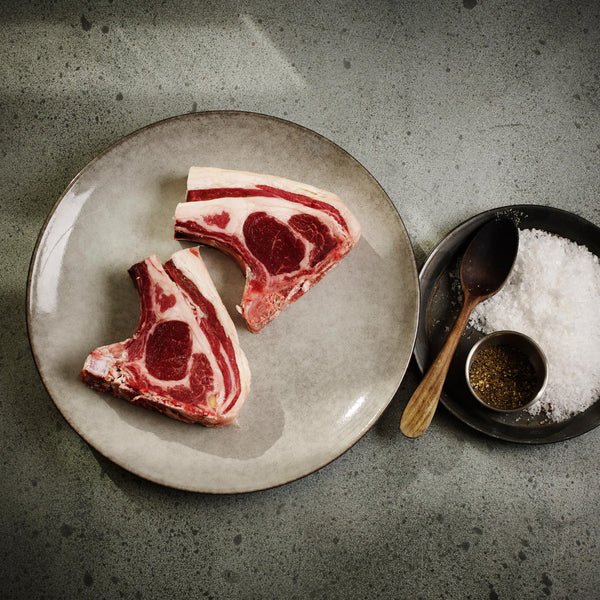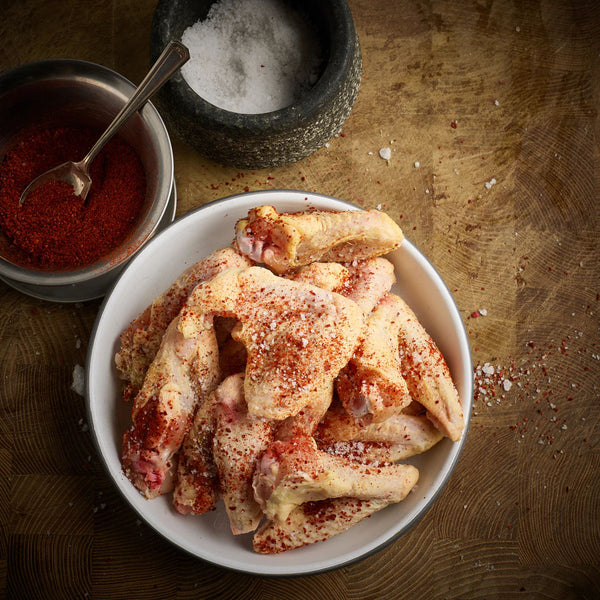
Wild Partridge
Partridges are a mid sized game bird with a relatively plump breast which makes for great eating. Partridges are naturally low in fat so need a careful roasting ideally with some bacon or a good rub of butter and many people choose to roast them in a dutch oven to keep the moisture in, however you cook them they are delicious!
Our game birds are sourced from regeneratively managed Parkland Estates as well as carefully selected small, ethical game dealers.
Minimum order is £37. Orders from £37 to £85 will be subject to a £5.99 delivery charge.
Orders over £85 qualify for free shipping.
Deliveries are available from Tuesday to Saturday of each week. When placing an order on our website, you will be able to select a delivery date using the date picking calendar at checkout and you can specify a date up to 8 weeks ahead.
If a delivery date is not specified, we will aim to dispatch your order on the next available date. If you place your order before 10pm, your order will generally be dispatched the next day, for delivery the day after e.g. if you place your order at 3pm on Monday, it will be dispatched Tuesday for delivery Wednesday. Orders placed after 10pm will be dispatched a day later e.g. if you place your order at 11pm on Monday, it will be dispatched Wednesday for delivery Thursday.
From time to time delivery may take an addition day due to seasonal variations or volume. If you are ordering for a gift or a dinner party we advise to always allow an extra 24 hours. Your meat will stay chilled in our packaging - which allows meat to be in transit for 48 hours.
We do not ship outside of the UK.
______________________________
We will always aim to deliver your order within the delivery slot requested by you at the time you place your order.
If nobody is available at the primary delivery address (nominated by you at the time you place your order) to take delivery of the order, we will leave notification of the delivery instead either to the secondary delivery address or secure place (nominated by you at the time you place your order).
Our deliveries are made with “no signature required”. In the event that nobody is available to take delivery of your order at either your primary or secondary delivery address or you ask us to leave your goods unattended at a secure place, The Ethical Butcher expressly disclaims all liability that may arise in consequence of the delivery being left unattended, including, without limitation, theft, tampering or contamination, however caused.
If your delivery is refused or not accepted at a recipients address, we can not take responsibility for this and can not offer a free replacement.
Currently we do not ship to the following UK post codes. This is subject to change. It is the buyers responsibility to be aware of these limitations as no refund will be offered for orders placed to these postcodes.
|
Events outside our control, for example, extreme weather conditions, may occasionally mean we are unable to deliver your goods at the time agreed. In these circumstances, we will contact you as early as possible to rearrange the delivery time. In such an event, our liability to you shall be limited to the price of the goods ordered and the cost of delivery.



















